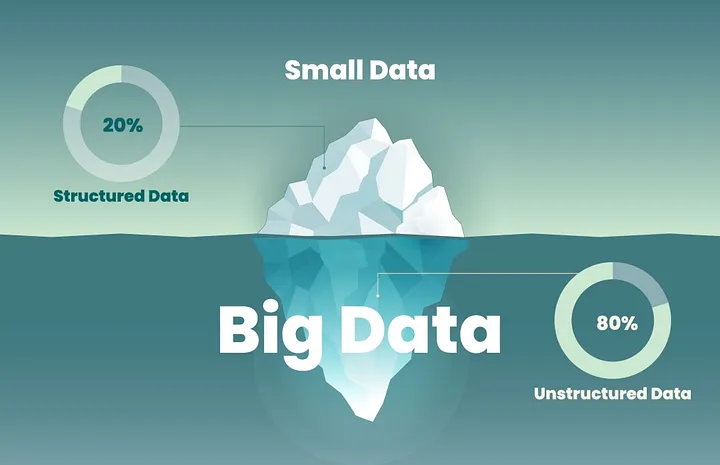Structured Data – What Is It and How It Differ From Unstructured Data? in KnowledgeHound
- Feb. 11, 2023, 8:33 a.m.
- |
- Public
A widely misunderstood, yet fundamental building block of the information economy, structured data refers to the method of creating, publishing, and maintaining information. In simple words, structured data is defined as information that is optimized and can easily be read by a computer.

Entrepreneurs are using data to stay ahead of the game. They are using data to understand current trends, look out for new opportunities, and streamline their work. Businesses often hold a mounting volume of data which helps them understand their customers better. This in turn helps them make informed business decisions.
However, it is important for businesses to manage their data effectively. What is the first thing that comes to your mind when you read “business data”? You instantly think of spreadsheets with names and numbers. This is what is known as structured data. But did you know, only 20% of the data is considered structured? The rest of it is stored as unstructured data.
What Is Structured Data?
According to KnowledgeHound, when data is formatted in a way that is easy to read and understand, it is considered structured data. Traditionally, data was often generated to fit in a table format so that it becomes easy to analyze.
Some common examples of structured data are SQL databases or Excel CSV files. Since the columns and rows are labeled, it becomes easy to aggregate data from multiple sources and analyze it.
While structured data make things easier, in some scenarios, it can pose limitations for evolving businesses. By only considering structured data, you may just look into a part of the story that the data is able to reveal.
What Is Unstructured Data?
As the name suggests, unstructured data is any form of data that is stored in a native form instead of standardized spreadsheets or predefined models. Unstandardized data often contains more text than figures or numbers, making it difficult to standardize it.
Example of unstructured data includes content from social media posts, emails, chat records, and web content. Unstructured data also contact formats beyond texts such as video recordings, audio recordings, scientific data, photos, and more.
Unstructured data can be useful for businesses and help make informed decisions only if it is properly leveraged. However, if unstructured data is stored in NoSQL database or data lakes, it can quickly become a potential risk for the organization.
What Is Semi-structured Data?
A combination of both, structured data and unstructured data elements are known as semi-structured data. However, it often falls under the unstructured data umbrella. While some parts of semi-structured data are readable and easy to analyze, those elements do not provide the full value.
HTML code is the best example of semi-structured data. While it is organized in a structured way, HTML code contains defined tags and elements that often pose a challenge for the database to make sense of it.
Structured and unstructured data play an important role in business. While companies have leveraged structured data, they are looking into tools to analyze their structure and unstructured data together.
Also Read — Best Data Visualization Tools To Look Out For In 2023



No comments.